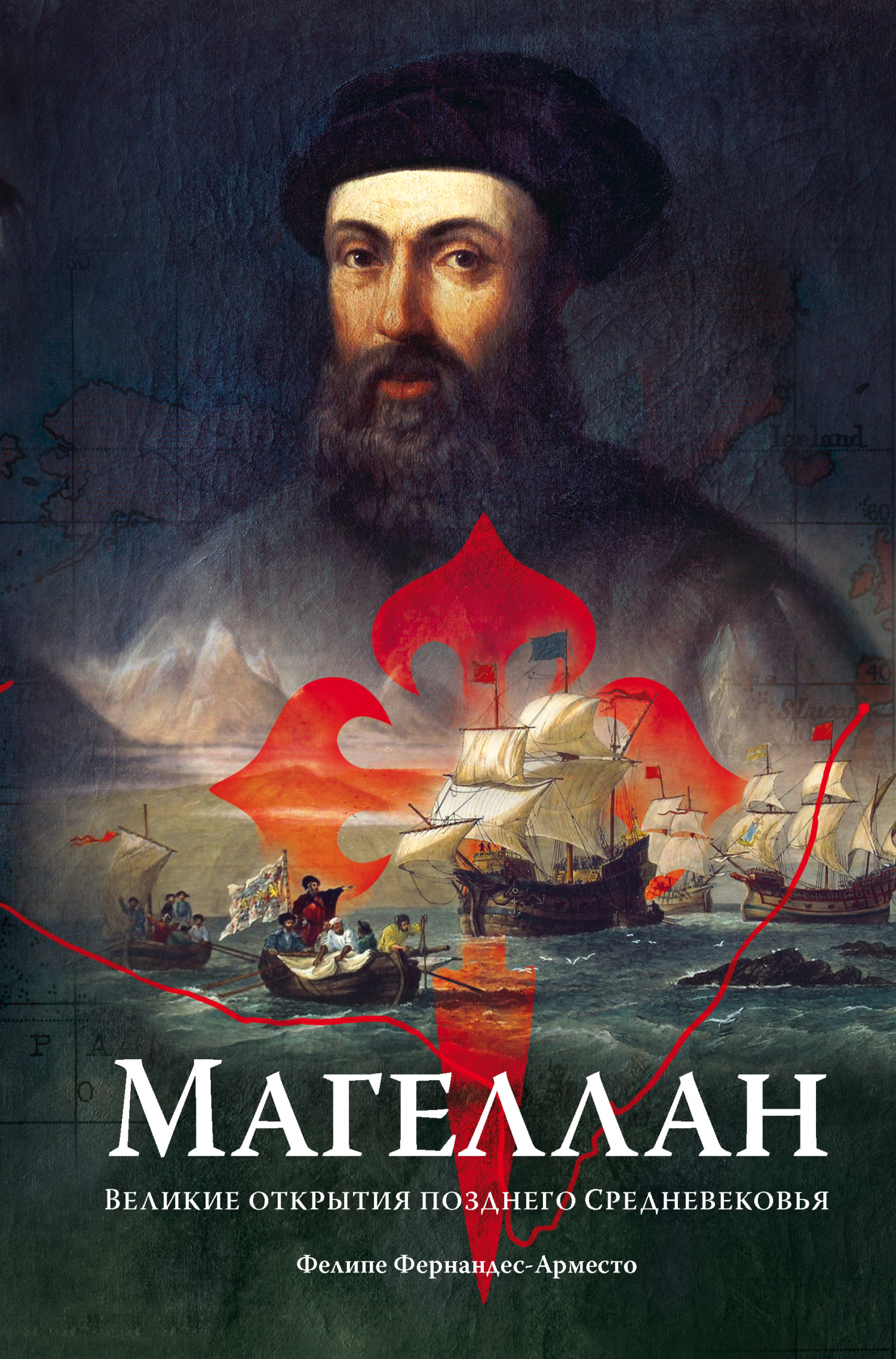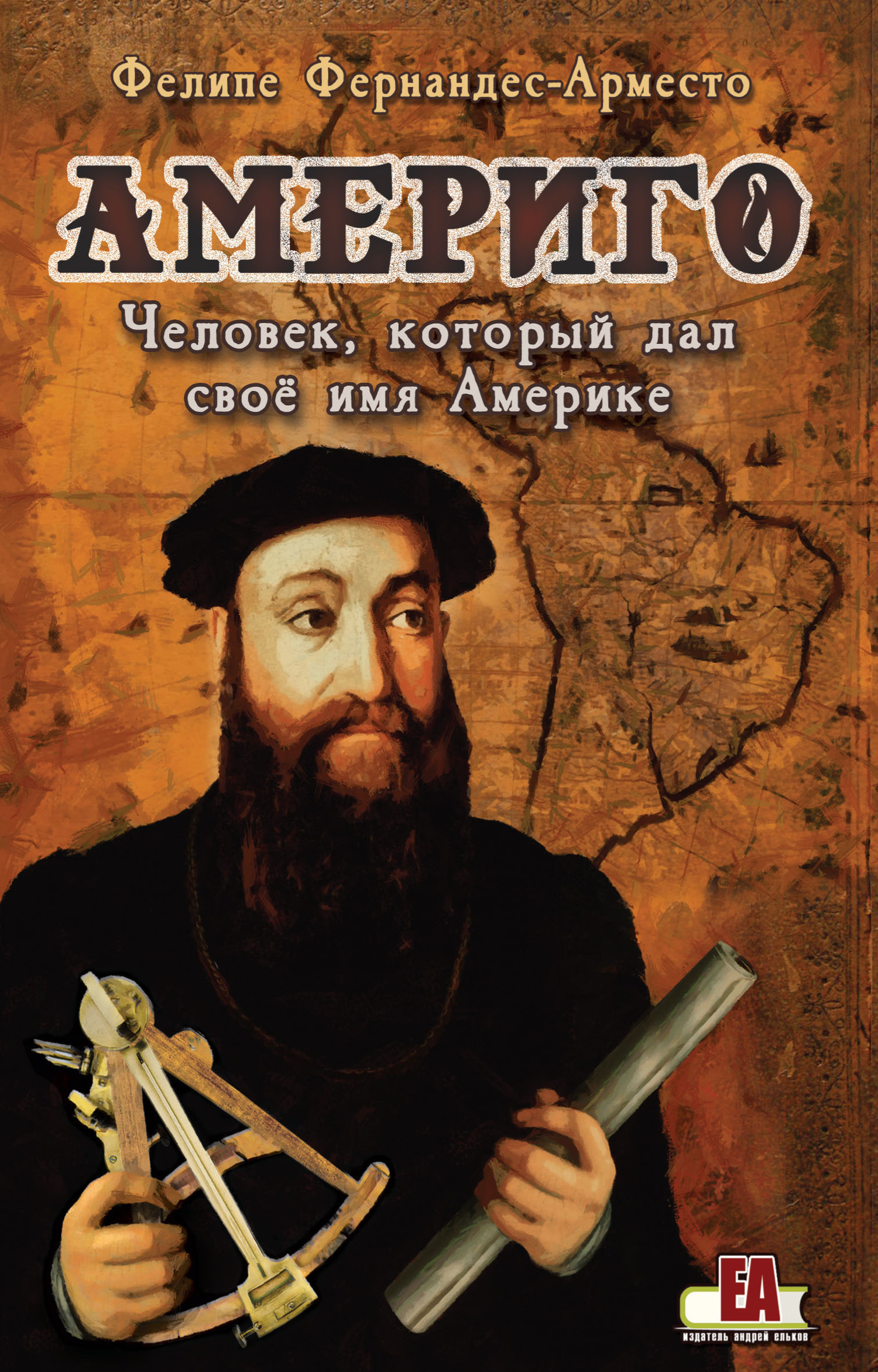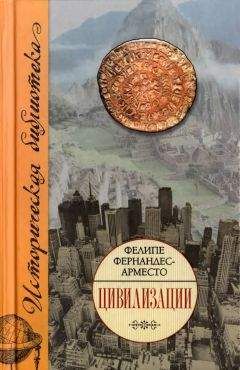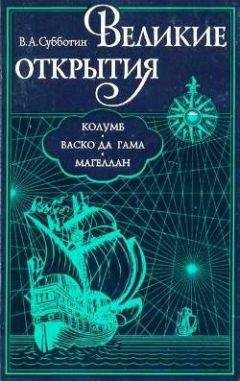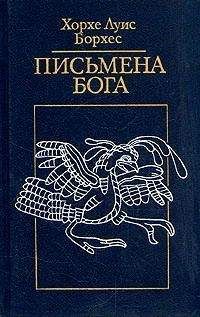Da Mosto. P. 55, и First Voyage / Ed. Cachey. P. 11; слова Айямонте приводятся в «Auto das perguntas», https://digitarq.arquivos.pt/details?id=3801974.
Pigafetta. Primo viaggio. Ed. Da Mosto. P. 76.
Navarrete. Colección de los viajes, 4. P. 192.
Justo Guedes M. «A Armada de Fernão de Magalhães e o Brasil», in Teixeira, Viagem, 361–377.
Medina. Descubrimiento del Océano Pacífico, 225.
«Ne davano per una acceta ho cortello grande una ho due de le sue figliole per schiave… Una iovene bella vene un dì ne la nave capitania… non per altro se non per trovare alguno recapito». Pigafetta. Primo viaggio / Ed. Da Mosto. P. 56. (Последнее предложение отсутствует в русском переводе. – Пер.)
«Stando cossì et aspettando, butò lo ochio supra la camera del maistro et victe uno quiodo longo più de un dito, il que pigliando, con grande gentilessa et galantaria, se lo ficò a parte de li labri della sua natura, et subito bassa se partite». Pigafetta. Primo viaggio / Ed. Da Mosto. P. 56, и First Voyage / Ed. Cachey. P. 11–12, 138.
Pigafetta. Primo viaggio. Ed. Da Mosto. P. 55–56, и First Voyage / Ed. Cachey. P. 10–11.
Pigafetta. Primo viaggio / Ed. Da Mosto. P. 55. Gerbi A. Nature in the New World: From Christopher Columbus to Gonzalo Fernández de Oviedo. Pittsburgh, PA: University of Pittsburgh Press, 1985. P. 106, цит. по: Pigafetta. First Voyage. Ed. Cachey. P. 135.
Fernández-Armesto F. Amerigo: The Man Who Gave His Name to America. New York: Random House, 2007. P. 100–102, 137–138.
Pigafetta. Primo viaggio / Ed. Da Mosto. P. 55; The Image of the Black in Western Art, vol. 3, From the «Age of Discovery» to the Age of Abolition, Part 1: Artists of the Renaissance and Baroque / Ed. D. Bindman, H. Louis Gates Jr. Cambridge, MA: Harvard University Press, 2010.
Рус. перевод: Августин Аврелий. О граде Божием. Книга XVI. Глава VIII / Творения Блаженного Августина, епископа Иппонийского. Ч. 3–5. Изд. 2-е. Киев: Типография И. И. Чолокова, 1905–1910. Пер. Киевской духовной академии.
«Questi stavano con tanta contritione in genoquioni alsando la mane giunte che era grandissimo piacere vederli… Questi populi facilmente se converterebonno a la fede de Iesu Cristo». Pigafetta. Primo viaggio / Ed. Da Mosto. P. 56, и First Voyage / Ed. Cachey. P. 11–12.
St. Augustine. City of God 16.8, «Whether Certain Monstrous Races of Men Are Derived from the Stock of Adam or Noah’s Sons» // Select Library of the Nicene and Post-Nicene Fathers / Ed. Philip Schaff. Buffalo, NY: Christian Literature Publishing Co., 1887, vol. 2, https://oll.libertyfund.org/title/schaff-a-select-libraryof-the-nicene-and-post-nicene-fathers-of-the-christian-church-vol-2#lf1330–02_label_1353.
«Retulerunt autem… ut non modo nihil fabulosi afferre, sed fabulosa omnia alia veteribus authoribus prodita, refellere t reprobare, narratione sua viderentur». Maximilanus Transylvanus Cæsaris, 8; пагинация виртуальной библиотеки Гейла.
А не Пятидесятницы, как предлагал считать Абель Фабр в L’Iconographie de la Pentecôte // Gazette des Beaux-Arts 2. 1923. P. 33–42. Подробное описание можно будет прочесть в Fernández-Armesto F., Peterson J. Under the Angels (в печати).
Price M. L. Consuming Passions: The Uses of Cannibalism in Late Medieval and Early Modern Europe. London: Routledge, 2003.
«Non se mangiano subito, ma ogni uno taglia uno pezo et lo porta in casa metendolo al fumo; per ogni 8 iorni taglia uno pezeto, mangiandolobrutolado con le altre cose per memoria degli sui nemici». Pigafetta. Primo viaggio / Ed. Da Mosto. P. 55, и First Voyage / Ed. Cachey. P. 11.
Fernández de Oviedo G. Historia natural y general de las Indias occidentales / Ed. J. Amador de los Ríos, 14 vols. 1851–1855; repr., Asunción: Guarania, 1944–1945, 2. P. 37–40.
Duker A. A. The Protestant Israelites of Sancerre: Jean de Léry and the Confessional Demarcation of Cannibalism // Journal of Early Modern History 18. 2014. P. 255–286; McGinness A. B. Christianity and Cannibalism: Three European Views of the Tupi in the Spiritual Conquest of Brazil, 1557–1563 // World History Connected 7, no. 3. October 2010, https://worldhistoryconnected.press.uillinois.edu/7.3/mcginness.html.
«Mangiano carnbe humana de li sui nemici, non per bonna, ma per una certa usanza». Pigafetta. Primo viaggio / Ed. Da Mosto. P. 55.
«Ricordandosi del suo figliolo, como cagnia rabiata li corse adosso et lo mordete in una spala». Pigafetta. Primo viaggio / Ed. Da Mosto. P. 55.
Sanday P. R. Divine Hunger: Cannibalism as a Cultural System. Cambridge: Cambridge University Press, 1986. P. 21–22, 69.
Fernández-Armesto F. Food: A History. London: Macmillan, 2004. P. 25–34.
Dalby D., Hair P. E. H. ‘Le Langaige du Brésil’: A Tupi Vocabulary // Transactions of the Philological Society 65. 1966. P. 61.
Léry J. de. History of a Voyage to the Land of Brazil / Ed. J. Waley. Berkeley: University of California Press, 1993. P. 101.
Pigafetta. Primo viaggio / Ed. Da Mosto. P. 55–56, и First Voyage / Ed. Cachey. P. 10–11.
Albo. Derrotero. 4n223.
Denucé J. Magellan, la question des Moluques et la première circumnavigation du monde. Brussells: Hayez, 1911. P. 263.
«Già se pensava che de qui se pasasse al mare de Sur». Pigafetta. Primo viaggio / Ed. Da Mosto. P. 56, и First Voyage / Ed. Cachey. P. 13.
Declaración de las personas fallecidas en el viaje al Maluco (del 20-XII-1519 al 29-VII-1522) // Documentos para el quinto ueltario de la primera uelta al mundo: La huella archivada del viaje y sus protagonistas, December 20, 1519–July 29, 1522, записано Кристобалем Берналем, 2019–22,
